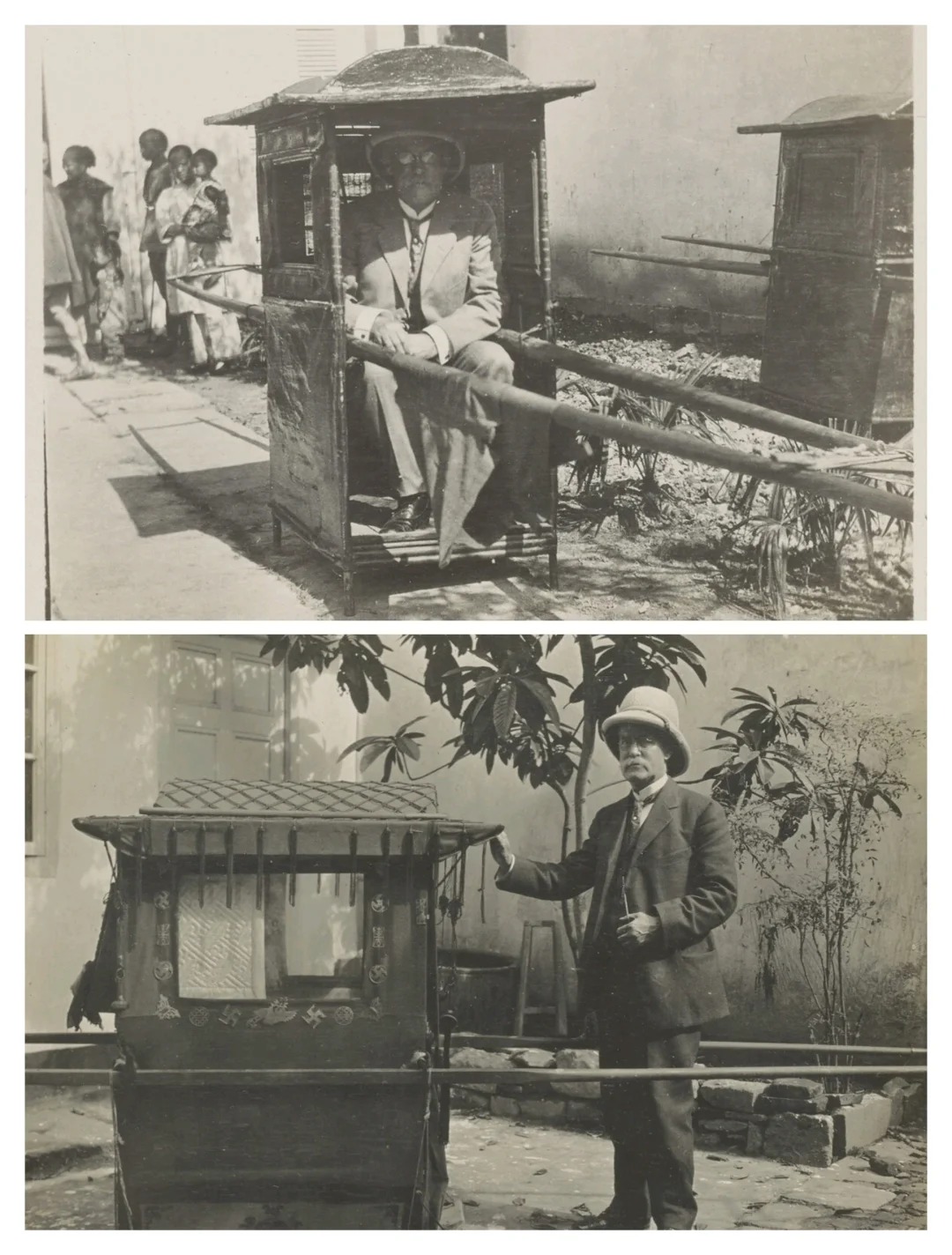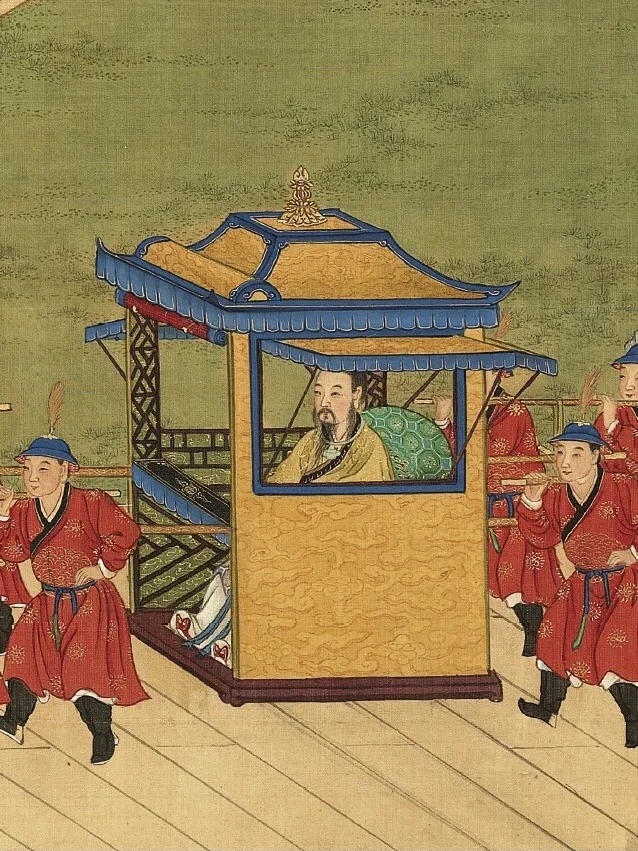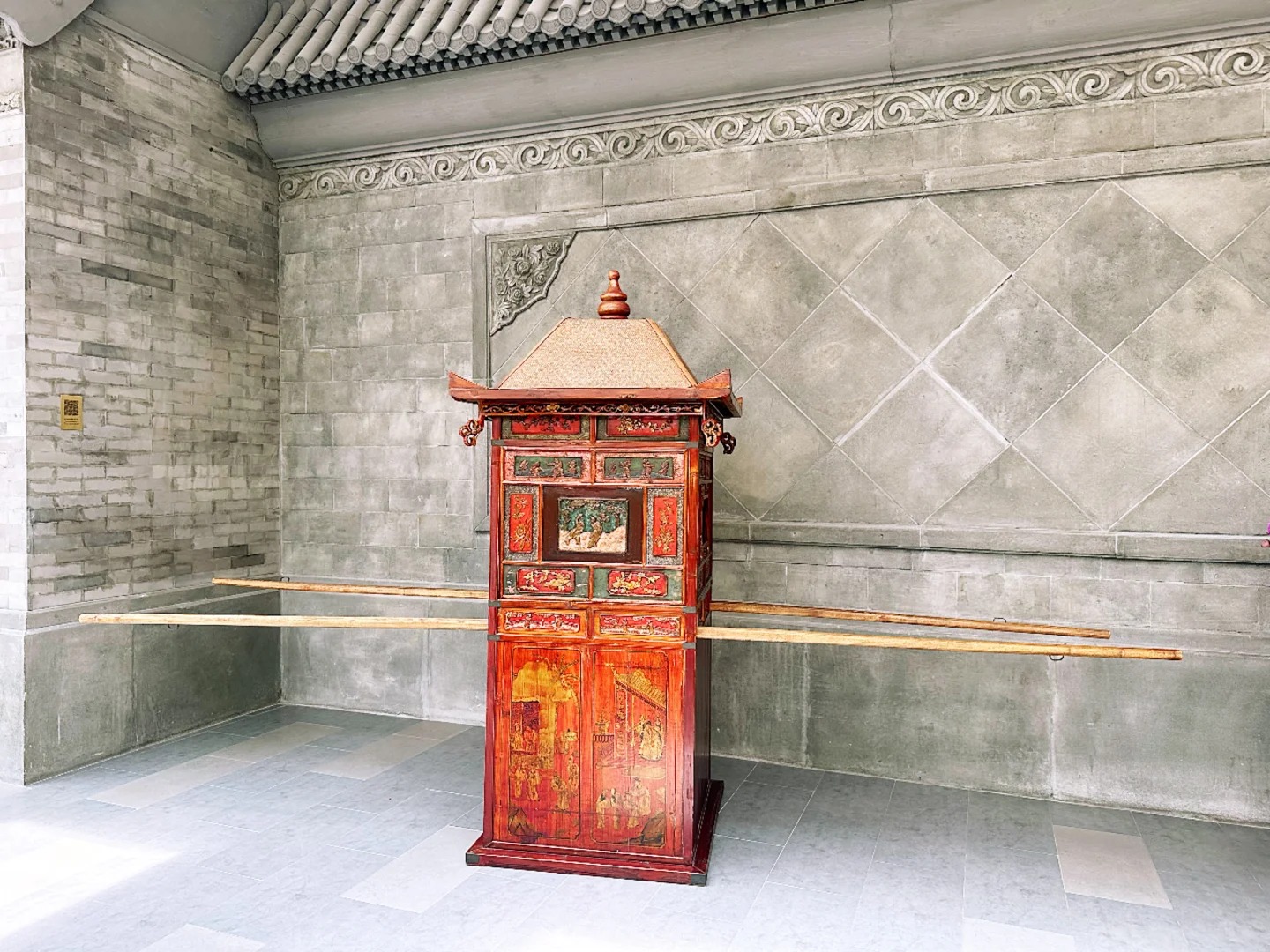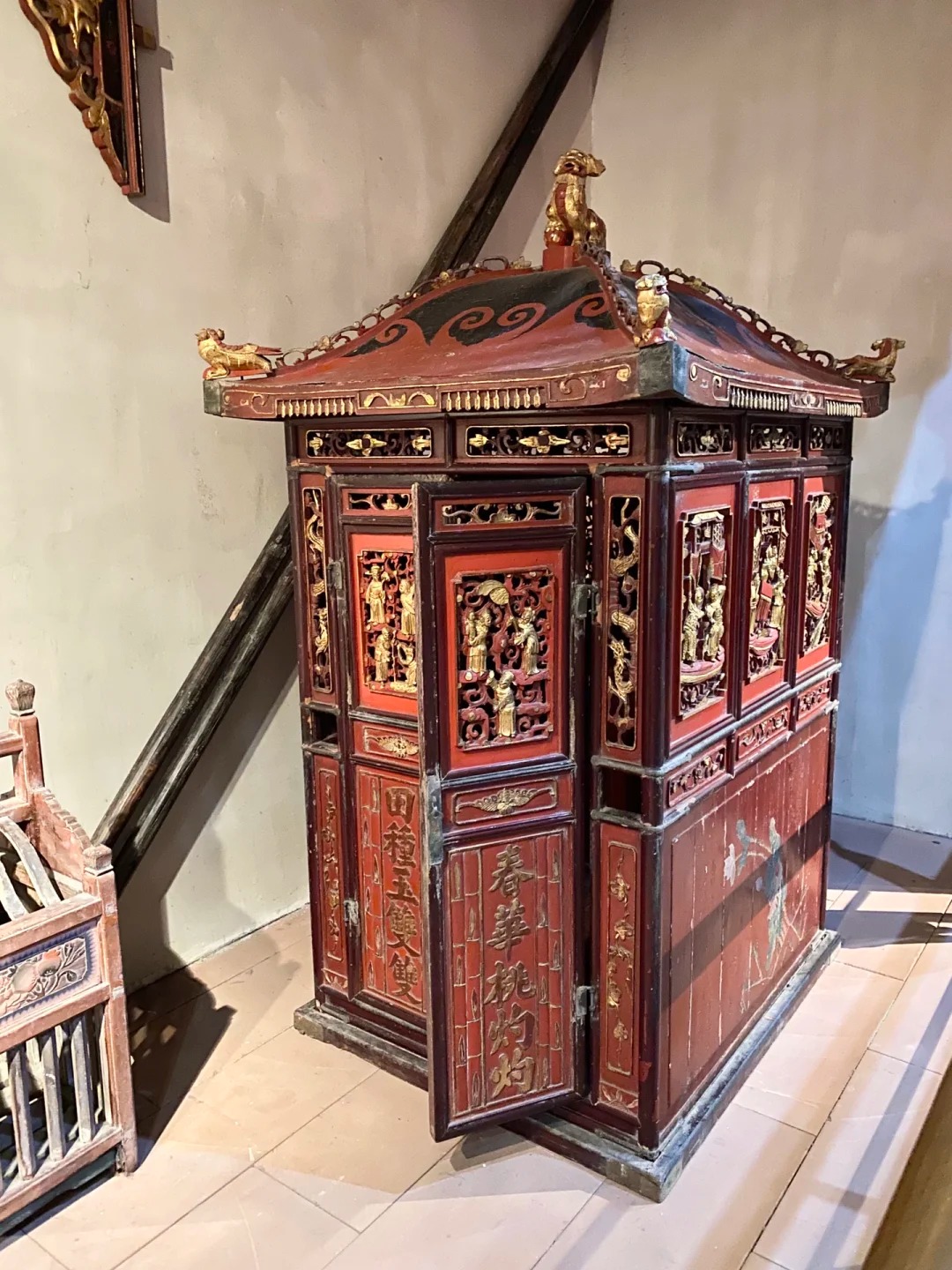Introduction to Sedan Chairs
Sedan chairs, once a ubiquitous sight in cities and towns across the globe, served as a unique form of transportation for the elite. These enclosed chairs, carried by two or more bearers, offered a blend of comfort, privacy, and status to their occupants. From the bustling streets of ancient China to the grand palaces of Europe, sedan chairs played a pivotal role in shaping urban landscapes and social hierarchies.

| Sedan Chair Quick Facts | |
|---|---|
| Period of Use | Ancient times to early 20th century |
| Primary Users | Nobility, wealthy merchants, dignitaries |
| Global Variations | Palanquin, litter, jiao, kago |
Historical Significance
The origins of sedan chairs can be traced back to ancient civilizations, with evidence of their use found in Egypt, China, and the Roman Empire. In China, the “jiao” (轿) became a symbol of power and prestige during the Tang Dynasty (618-907 AD), while in Europe, they gained popularity in the 17th century.
Key historical points:
- Used by Egyptian Pharaohs for ceremonial processions
- Adopted by Chinese emperors for imperial travel
- Became fashionable among European nobility in the 1600s
Design and Construction
Sedan chairs varied in design and complexity based on region and the status of the owner:
Chinese Sedan Chairs (Jiao):
- Typically made of wood with bamboo poles
- Elaborate carvings and silk curtains for imperial chairs
- Simpler designs for everyday use by the gentry
European Sedan Chairs:
- Often featured leather or cloth exteriors
- Glass windows and plush interiors for comfort
- Ornate decorations for aristocratic owners
Indian Palanquins:
- Long, bed-like design for reclining
- Canopy for shade and privacy
- Varied from simple wooden structures to jewel-encrusted royal conveyances

Cultural Impact
Sedan chairs left an indelible mark on society, influencing:
- Social Etiquette: Rules developed around who could use sedan chairs and how to behave when encountering one
- Urban Planning: Cities designed wide streets to accommodate sedan chair traffic
- Fashion: Clothing styles adapted to suit sedan chair travel
In literature and art, sedan chairs often symbolized luxury, power, and sometimes the excesses of the upper class. They feature prominently in works such as the Chinese novel “Dream of the Red Chamber” and paintings by European masters like William Hogarth.

Sedan Chairs in Tourism
Today, sedan chairs offer tourists a glimpse into historical modes of travel:
| Location | Experience Offered |
|---|---|
| Macau, China | Symbolic sedan chair rides at The Venetian |
| Bath, England | Guided tours featuring replica sedan chairs |
| Hue, Vietnam | Traditional sedan chair processions at festivals |
These experiences allow visitors to step back in time and understand the physical and social dynamics of sedan chair transportation.

Preservation and Museum Exhibits
Museums worldwide house impressive collections of sedan chairs, preserving this important aspect of cultural heritage:
- The Palace Museum, Beijing: Displays imperial sedan chairs from the Qing Dynasty
- Victoria and Albert Museum, London: Features European sedan chairs from the 18th century
- National Museum of India, New Delhi: Exhibits ornate palanquins used by Indian royalty
Preservation efforts focus on restoring and maintaining these delicate artifacts, often employing traditional craftsmanship techniques to ensure authenticity.

Legacy and Modern Interpretations
The legacy of sedan chairs extends beyond museum walls:
- Transportation Design: The concept of personal, carried transportation influenced the development of rickshaws and even modern ride-sharing services
- Fashion and Luxury: High-end brands draw inspiration from sedan chair aesthetics for accessories and packaging
- Contemporary Art: Artists reinterpret sedan chairs to comment on issues of labor, luxury, and mobility in modern society
In conclusion, sedan chairs represent more than just an outdated mode of transportation. They offer a window into the social structures, technological innovations, and cultural values of past civilizations. As we explore the history of sedan chairs, we gain insight into the human desire for comfort, status, and connection – themes that continue to resonate in our modern world. Whether encountered in a museum, experienced as a tourist attraction, or reimagined in contemporary art, sedan chairs continue to captivate our imagination and invite us to reflect on the ever-evolving nature of human societies.





